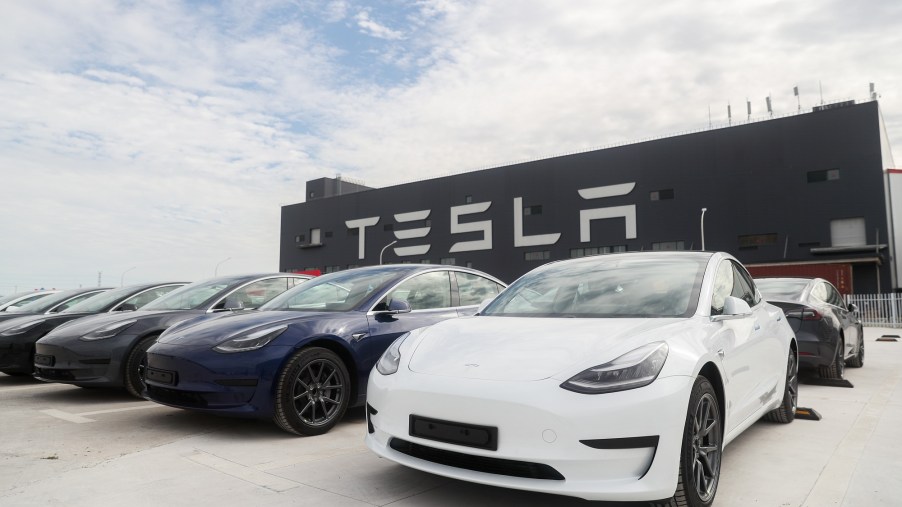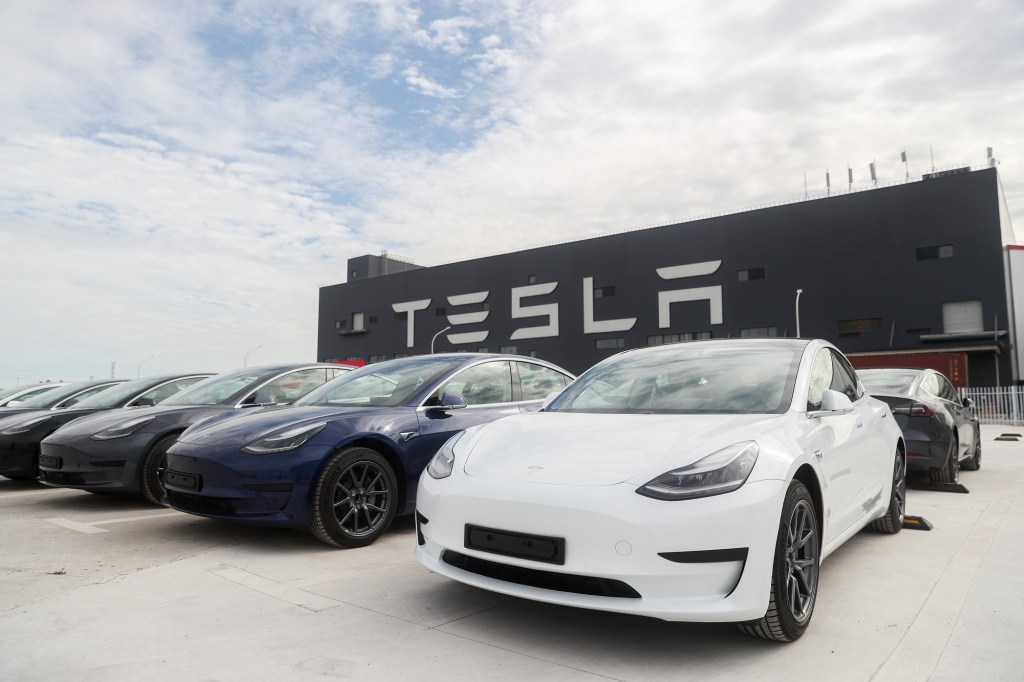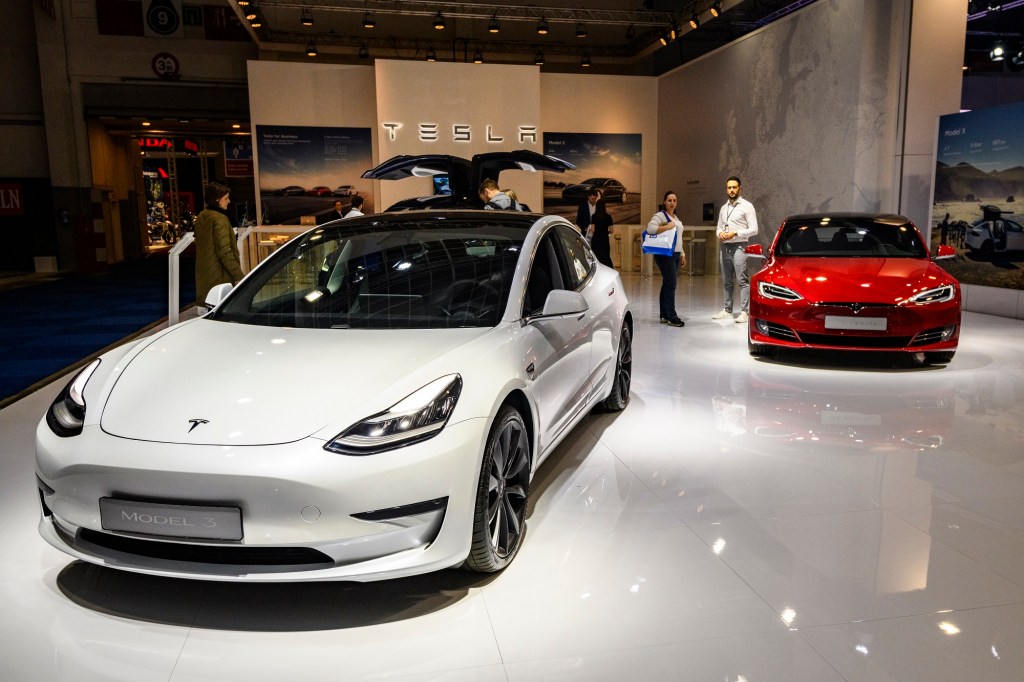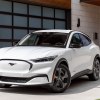
Tesla Model 3 Safety Scores Might Surprise You
The Tesla Model 3 has the rest of the auto industry playing a bit of catchup. The electric vehicle (EV) company has new megafactories and gigafactories ready to churn out these accessible EVs at a rapid rate. Furthermore, owners can enjoy these cars and rejoice at the raised resale value of their prized investments. If that wasn’t enough, the Tesla Model 3’s safety scores may also shock you in the best possible way.
Is the Tesla Model 3 a safe car?

The Model 3 is a very safe car. After extensive testing, the Insurance Institute for Highway Safety awarded the Model 3 a Top Safety Pick+ rating. Tesla’s little four-door car scored a “good” rating from the IIHS in nearly every category.
The IIHS celebrates the EV for superior scores in active safety measures, meaning features that prevent accidents. Specifically, the Model 3 was a top performer at using automatic emergency braking to avoid hitting other vehicles at 12 and 25 mph. Also, the Tesla EV scored the same superior rating in active avoidance of pedestrians. Finally, the Model 3’s safety scores are topped with the highest score for roof protection that the IIHS has ever awarded, says Business Insider.
The IIHS isn’t the only agency showering the Model 3 with praise and awards, though. The National Highway Traffic Safety Administration (NHTSA) and Euro NCAP agency both found the Tesla EV to be top-tier safe. Specifically, the Model 3 received high ratings in passive safety, meaning reactive crash protection, from both agencies. Finally, Euro NCAP gave the Tesla EV excellent scores in safety assist performance, including lane monitoring.
Why is the Model 3 so safe?
Business Insider says that the Tesla Model 3 is one of the safest cars on the market because it doesn’t have an engine. For the simple lack of a front-engine platform, engineers produced a structure that deflects energy away from passengers better than conventional cars. The same can be said for the roof protections, which withstood over 20,000 lbs of crushing force.
In addition to well-engineered passive safety features, the Model 3’s safety credentials include some high-scoring active safety features. Tesla is quick to state that its vehicle and pedestrian detection systems are excellent, and the testing backed it up. Additionally, the most interesting safety concept that the Model 3 utilizes is its center of gravity. Since Tesla builds its EVs with a ‘skateboard-style’ battery arrangement, the heaviest weight concentration is low to the ground. As a result, the car inherently resists rolling over.

Why do people think EVs are less safe than gas cars?
Consumers typically associate EVs with phenomena like thermal runaway, where batteries burn in a chain reaction. Thermal runaway can be dangerous, but companies like Tesla and Volvo have been combatting it with safety shut-offs and sealed battery units. The truth is, EVs are less prone to burn than gas-powered cars due to the absence of flammable liquids.
If you’re interested in EVs, scroll down to the following article to read about some things to consider before buying an electric vehicle.



